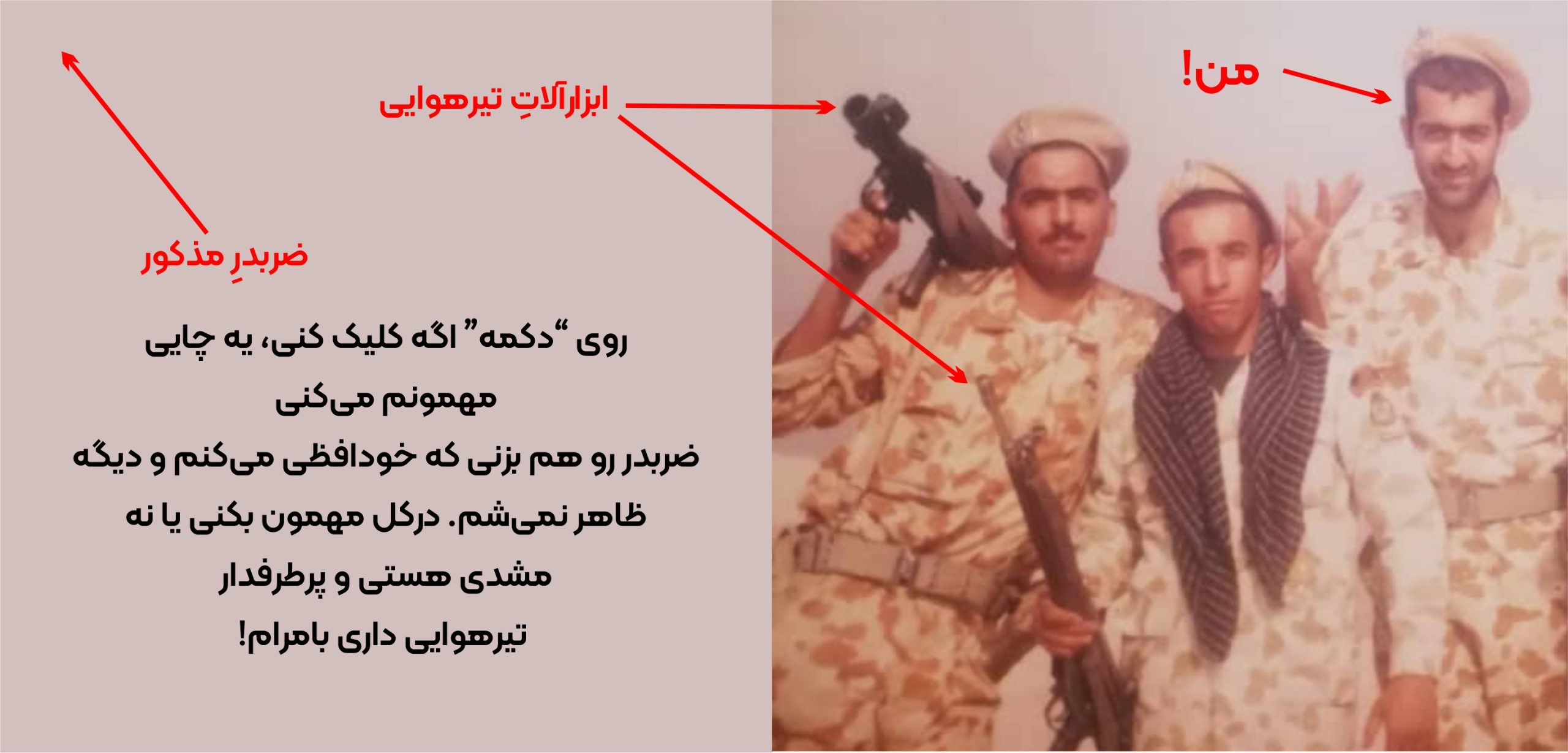The triune brain theory, proposed by neuroscientist Paul MacLean, is a model of the human brain’s structure and function. This theory suggests that the human brain has three layers or systems, each evolved from a different species. These layers are:
Reptilian brain or old brain: This part of the brain is related to the time when humans were reptiles. Its function is to perform essential survival tasks, such as breathing, feeding, defense, and reproduction. This part of the brain responds more to primal instincts and motivations and is less influenced by logic and emotions.
Mammalian brain or midbrain: This part of the brain is related to the time when humans were mammals. Its function is to create and process emotions and feelings, such as happiness, anger, shame, fear, love, hate, and sorrow. This part of the brain responds more to social relations and communication with others and can influence our behavior toward deviation or empathy. Happiness and love are the positive aspects, and the rest are negative, but their presence is necessary.
New brain or neocortex: This part of the brain is related to the time when humans became humans. Its function is to perform complex and logical tasks such as thinking, learning, memory, language, creativity, and problem-solving. This part of the brain responds more to knowledge and culture and can influence our behavior toward civilization and morality.
Regarding advertising, this theory suggests that advertising affects the second layer, which is emotions. Therefore, logically analyzing advertising with the third layer is not applicable. Creativity is more responsive to the second layer, which involves emotions. In other words, all the orderly, logical, and analytical theories based on this theory are close to failure.
Our emotions are what affect our purchases, and every advertisement should affect this part and arouse emotions. Therefore, it is impossible to look for it in the third and analytical layer of the brain.
Although there may be scientific flaws in this theory, no criticism has been made concerning its general structure, which suggests three primary layers. More attention has been paid to the differences between humans and animals. For example:
This theory exaggerates the brain differences between different species and ignores their similarities and interactions.
The theory attributes some brain features and functions to specific species while these features and functions exist in other species as well.
This theory presents some scientific and historical information incorrectly or incompletely, such as introducing the neocortex as a unique part of the human brain.
In reality, the human brain is an integrated and complex system that works together. Its parts cannot be considered separately. Emotions and feelings are not exclusive to mammals, and reptiles also have emotions such as fear, anger, and pleasure. Thinking and creativity are not exclusive to humans, and reptiles and mammals also have cognitive and learning abilities. The process of the brain’s evolution has been much more complicated and irregular than a layered manner. The triune brain theory and its relation to creativity in advertising
The triune brain theory is a model of the structure and function of the human brain that was proposed by Paul MacLean, a neuroscientist. According to this theory, the human brain consists of three layers or different brain systems that each evolved from different species. These three systems are:
Reptilian brain or old brain: This part of the brain is related to the time when we were reptiles. The function of this part is to perform the essential tasks for survival such as breathing, feeding, defense, and reproduction. This part of the brain responds more to primal instincts and motivations and is less influenced by logic and emotions.
Mammalian brain or midbrain: This part of the brain is related to the time when we were mammals. The function of this part is to create and process emotions and feelings such as happiness, anger, shame, fear, love, hate, and sorrow. This part of the brain responds more to social relations and communication with others and can influence our behavior towards deviation or empathy.
Happiness and love are the positive aspects of it and the rest are negative but their presence is necessary.
New brain or neocortex: This part of the brain is related to the time when we became human. The function of this part is to perform complex and logical tasks such as thinking, learning, memory, language, creativity, and problem-solving. This part of the brain responds more to knowledge and culture and can influence our behavior toward civilization and morality.
Well, now if we want to talk about advertising advertising affects the second layer which is emotions, and based on this theory we cannot analyze advertising with the third layer and logic or scientific and analytical structure and the second layer which involves creativity will be more responsive for us! That is, all the orderly logical and analytical theories based on this theory are close to failure!
That is, our emotions are what affect our purchases!
And every advertisement should affect this part and arouse emotions. So we can’t look for it in the third and analytical layer of the brain.
While there are scientific flaws in this theory, but there has been no criticism of its general structure that there are three main layers and more attention has been paid to the differences between humans and animals.
For example:
This theory exaggerates the brain differences between different species and ignores their similarities and interactions. The human brain is an integrated and complex system that all its parts work together and they cannot be considered separately.
This theory attributes some of the brain features and functions to specific species, while these features and functions exist in other species as well. For example, emotions and feelings are not exclusive to mammals and reptiles also have emotions such as fear, anger, and pleasure. Also, thinking and creativity are not exclusive to humans and mammals and reptiles also have cognitive and learning abilities. (So creativity does not violate the second layer of emotions)
This theory presents some of the scientific and historical information incorrectly or incompletely. For example, this theory introduces the neocortex as a unique part of the human brain, while this part of the brain exists in other mammals as well and is only larger and more complex in humans. (Again, this does not contradict the principle of triune) Also, this theory assumes that the human brain has evolved in a layered manner, while this process has been much more complicated and irregular.



